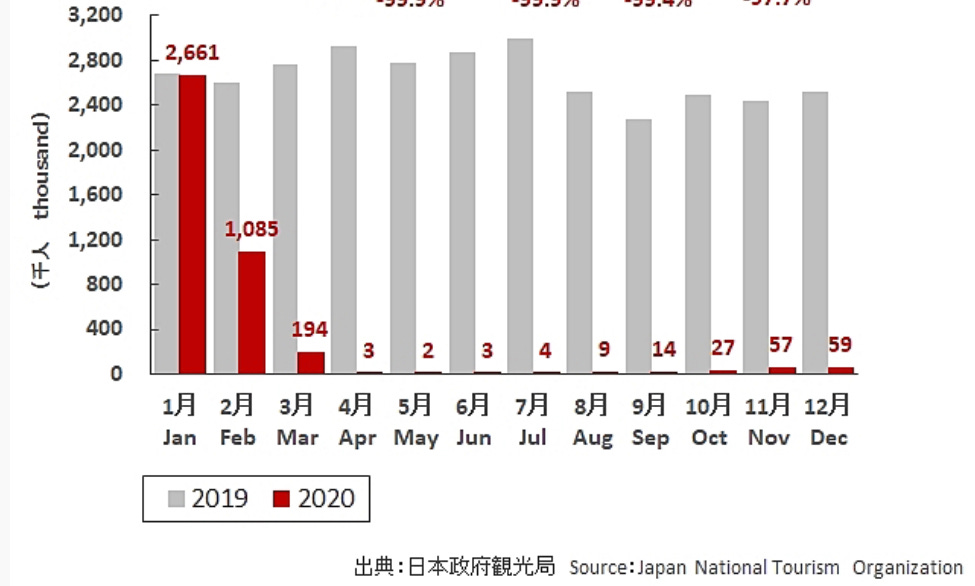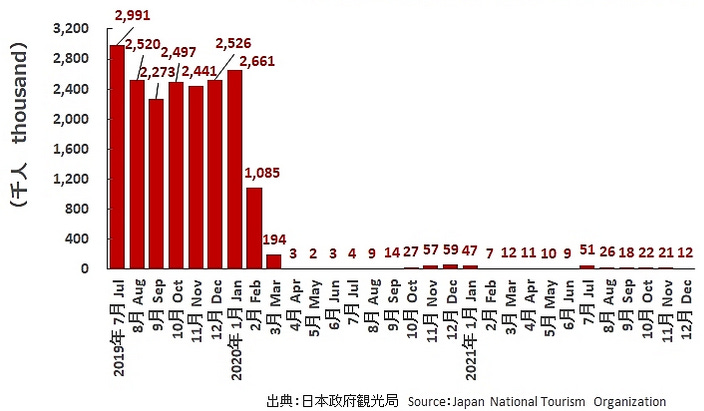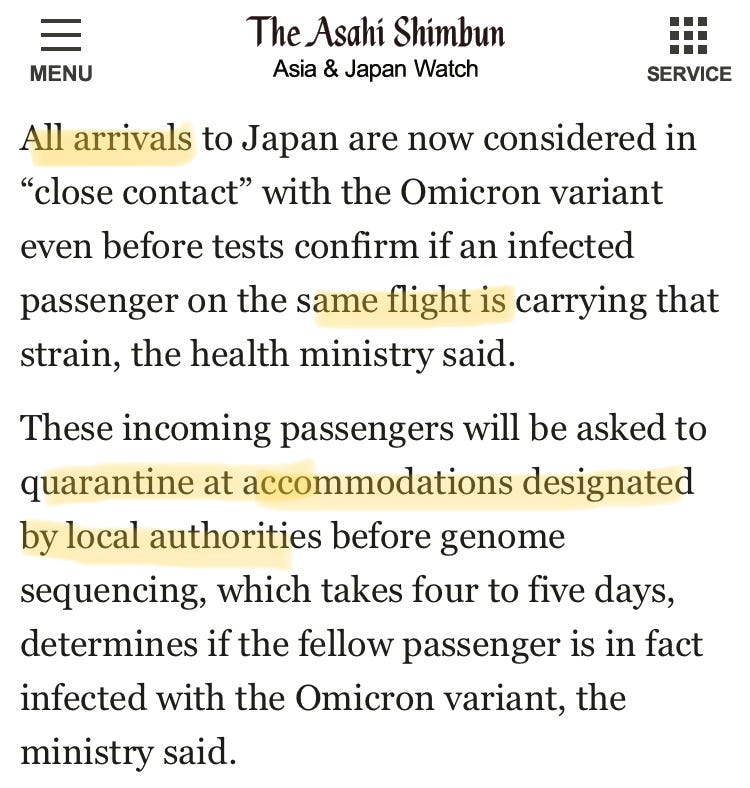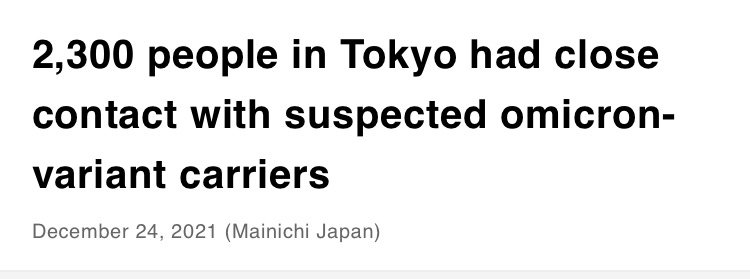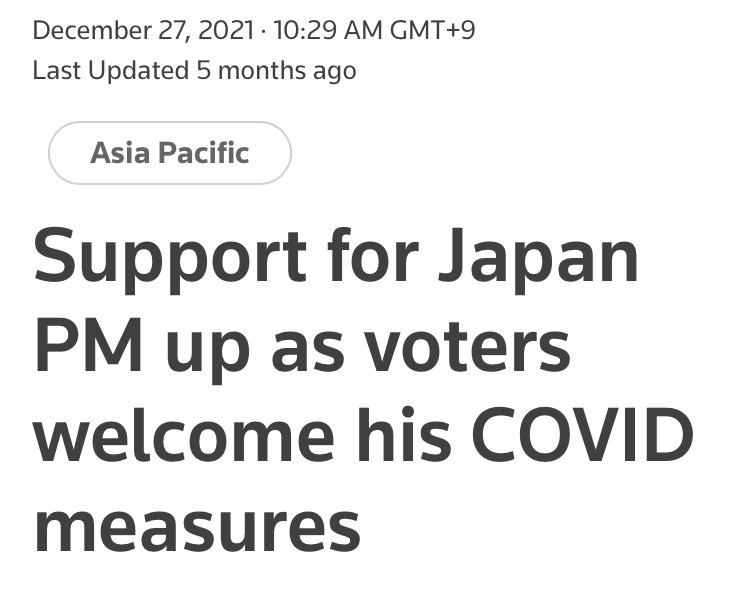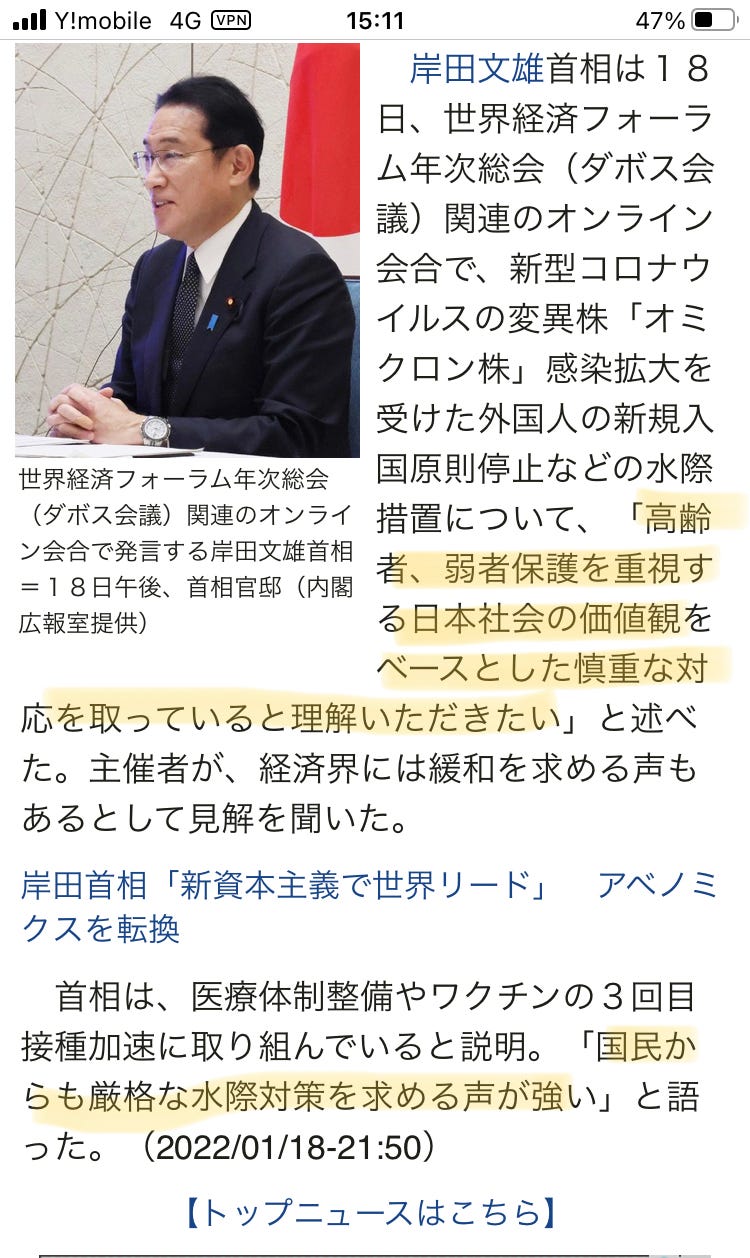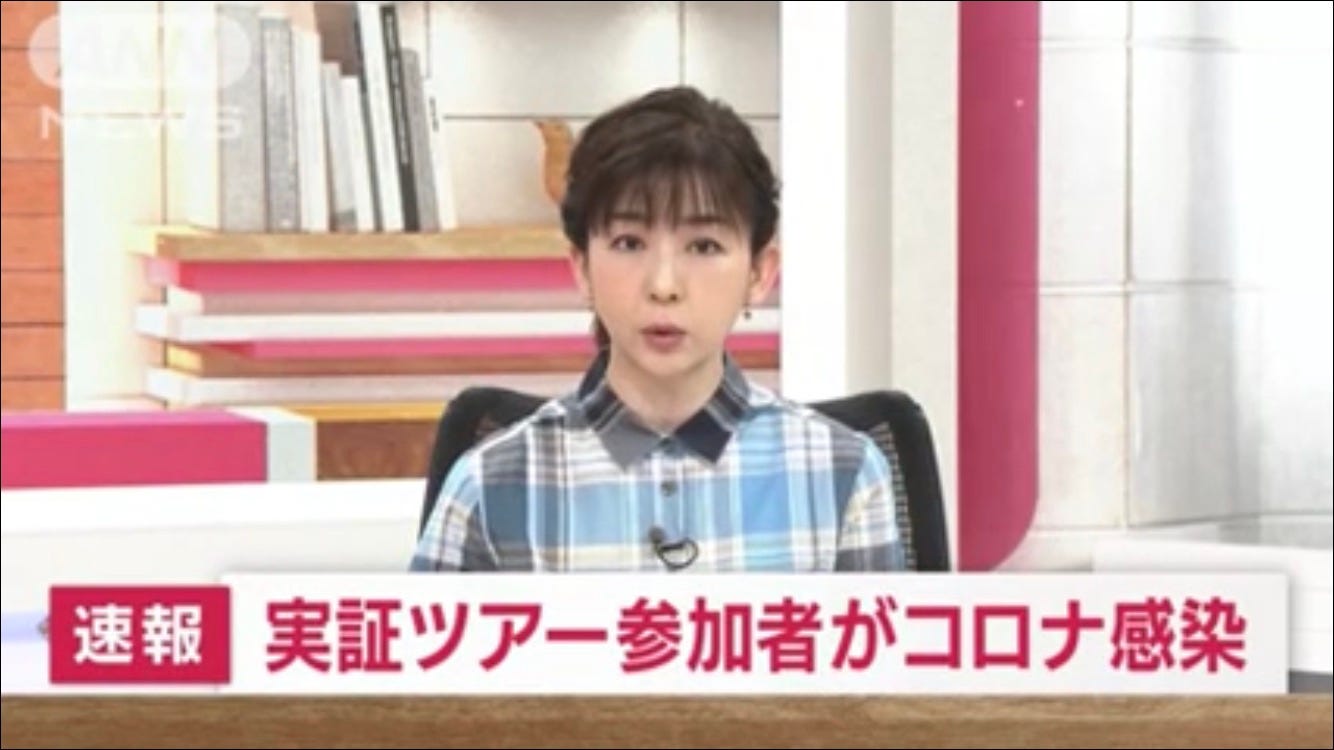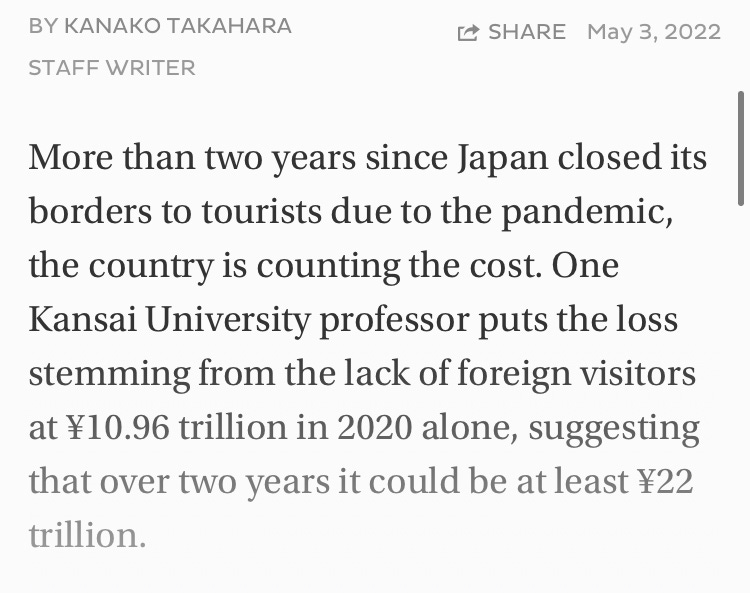Sakoku 2.0: a short history of Japan’s long entry ban
Since Japan will start allowing tourists in for the first time since the pandemic began (albeit in small groups with North Korean style guides to ensure 24/7 masking), I’ll do a brief history of the government’s decision to copy the Tokugawa Shogunate for Sakoku 2.0.
Although Japan has become famous/notorious for its entry restrictions, it was initially reluctant to ban entry to travellers, with only small-scale bans from a few areas…
…even while the rest of the world was locking down.
After banning entry to travelers from 18 European countries at the end of March, Japan’s entry ban covering most of the world’s population came into effect on 3 April 2020.
The ban applied to not only overseas visitors but also foreign spouses and foreign residents. This also meant that any foreign resident who left Japan wouldn’t be allowed back in.
However, these restrictions were superfluous for at least three reasons:
1) Most people on earth couldn’t even freely leave their homes let alone their countries at the time.
2) International arrivals had already dropped off massively.
3) Actual infections (as opposed to reported PCR positives) had already peaked. This also means the wide-scale entry ban clearly didn’t contribute to Japan’s low Covid mortality rate in the first wave.
But even without filthy foreigners coming in, confirmed cases in summer surpassed the first-wave peak, although mercifully cases went down without a state of emergency being declared.
In September, the border was opened slightly to returning residents and some overseas students and visiting businesspeople with visas lasting at least three months. But they were only allowed in on the unwelcoming condition that they self-isolate for 14 days, not use public transport, and install Japan’s ineffective and glitchy Covid tracking app.
In November, the government benevolently allowed short-term business travelers from anywhere to skip quarantine if they complied with the highly scientific and not at all ridiculous conditions below.
But despite these written pledges and activity schedules, cases went up in winter like everywhere else in the Northern Hemisphere, so Japan banned entry from all but 11 countries at the end of December 2020…
…and then banned entry from those countries during the second state of emergency in January 2021.
But while this time foreign residents and spouses could freely come back in, others weren’t so lucky.
But Japan did have to let in foreign biohazards people for the Tokyo Olympics, which necessitated various innovative infection prevention measures.
So how well did these restrictions work at keeping out the virus? Not very.
Under pressure from the business community, Japan slightly loosened restrictions in November 2021 for businesspeople, students, and trainees.
But these loosened restrictions lasted for just three weeks (during which only 20,700 people came) before PM Kishida banned all new arrivals from 28 November to keep Omicron out. Only Japanese nationals or foreign residents could enter. In the end, the minuscule numbers for 2022 can be seen below.
But what was to be done if a returning Japanese or foreign resident tests positive for Omicron upon arrival at an airport? Japan initially classified anyone seated within a few rows of a confirmed case as a close contact, but apparently that was too sane, so the classification was expanded to…the whole plane!
.
Not to be outdone in overreacting to the possibility of close contacts stalking the land, the media even started reporting their numbers like they usually do PCR positives.
Thankfully, Japan can’t legally quarantine close contacts, so only a quarter of these potential virus-carriers decided to turn up for a 14-day stay at whatever ropy accommodation the Tokyo government was offering.
Despite (actually let’s face it, because of) these harebrained policies towards contacts both close and far, Kishida enjoyed a high approval rate.
But after two weeks and various complaints from local authorities hopelessly overburdened by the task of pointlessly quarantining healthy people…
…the government limited the close contact classification to people seated two rows in front of or behind an infected person.
But like at the end of Sakoku 1.0, the US military made an unwelcome appearance.
Now if military-level compliance with so-called infection prevention measures can’t stop the spread (and it can’t), there’s no hope on civy street.
So cases inevitably went up in Okinawa and then the mainland prefectures (hat-tip https://mobile.twitter.com/jjchamie).
The rest is epidemiological history.
But even after Omicron’s had spread to all corners of the country, Japan’s borders remained shut. Even the World Economic Forum, which had finally found a harmful Covid restriction it didn’t like, criticised Japan.
So Kishida responded by saying “I’d like you to understand that we’ve taken a cautious approach based on the high value Japanese society places on guarding the elderly and weak” and “There are strong calls from the people for strict border controls.” I can’t find any reports in English of him providing this grating excuse, which is just as well I guess.
So let’s see how well Sakoku 2.0 has been guarding and the elderly weak so far in 2022 by checking Japan’s all cause mortality stats. Whatever could explain the year-on-year rise?.
Entry restrictions were loosened from 1 March to allow in up to 5000 people per day…
And from 10 June tourists will be allowed in, although the daily limit for all international arrivals will be a measly 20,000 a day, well below the 100,000 a day before the pandemic.
In preparation for this reopening, trial tours of groups of up to 4 people were conducted for 50 travel industry professionals from the US, Australia, Singapore, and Thailand. And, one of the tourists developed a sore throat. And of course it was Covid. And of course, it made the national news.
So if you want to make the news for catching a cold, book your tickets now!
After all this, I suppose I should do what the government hasn’t and weigh the costs against the indeterminate benefits of Sakoku 2.0.
Not good for a country where economic health is closely linked to mental health.
To sum up, Japan implemented strict entry restrictions later than most would assume, maintained and even escalated them while other places were removing them, and refused to reassess their necessity or effectiveness. Reminds me of another policy Japan is famous for.









